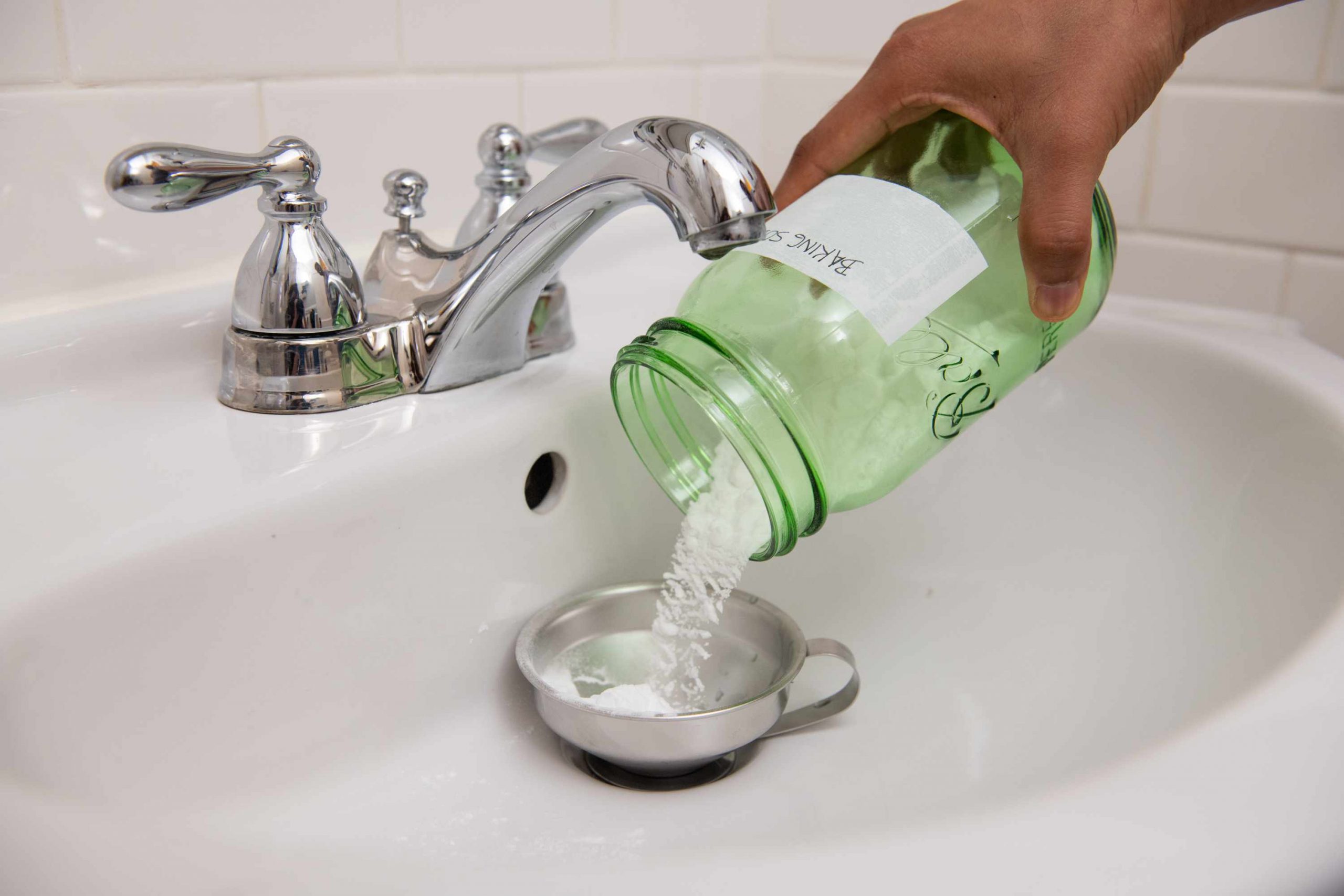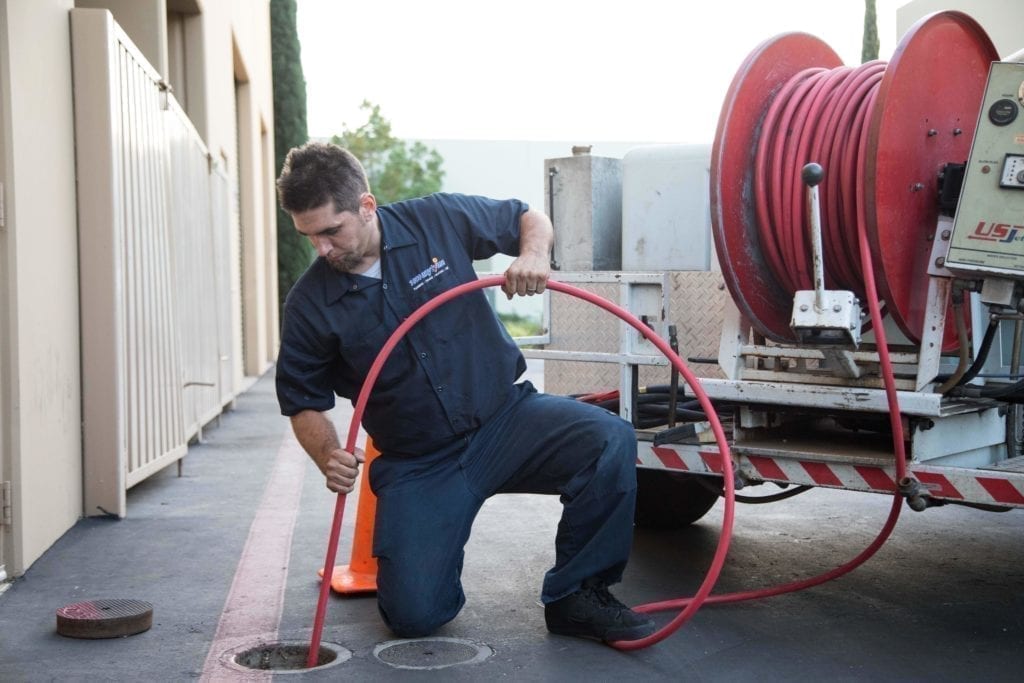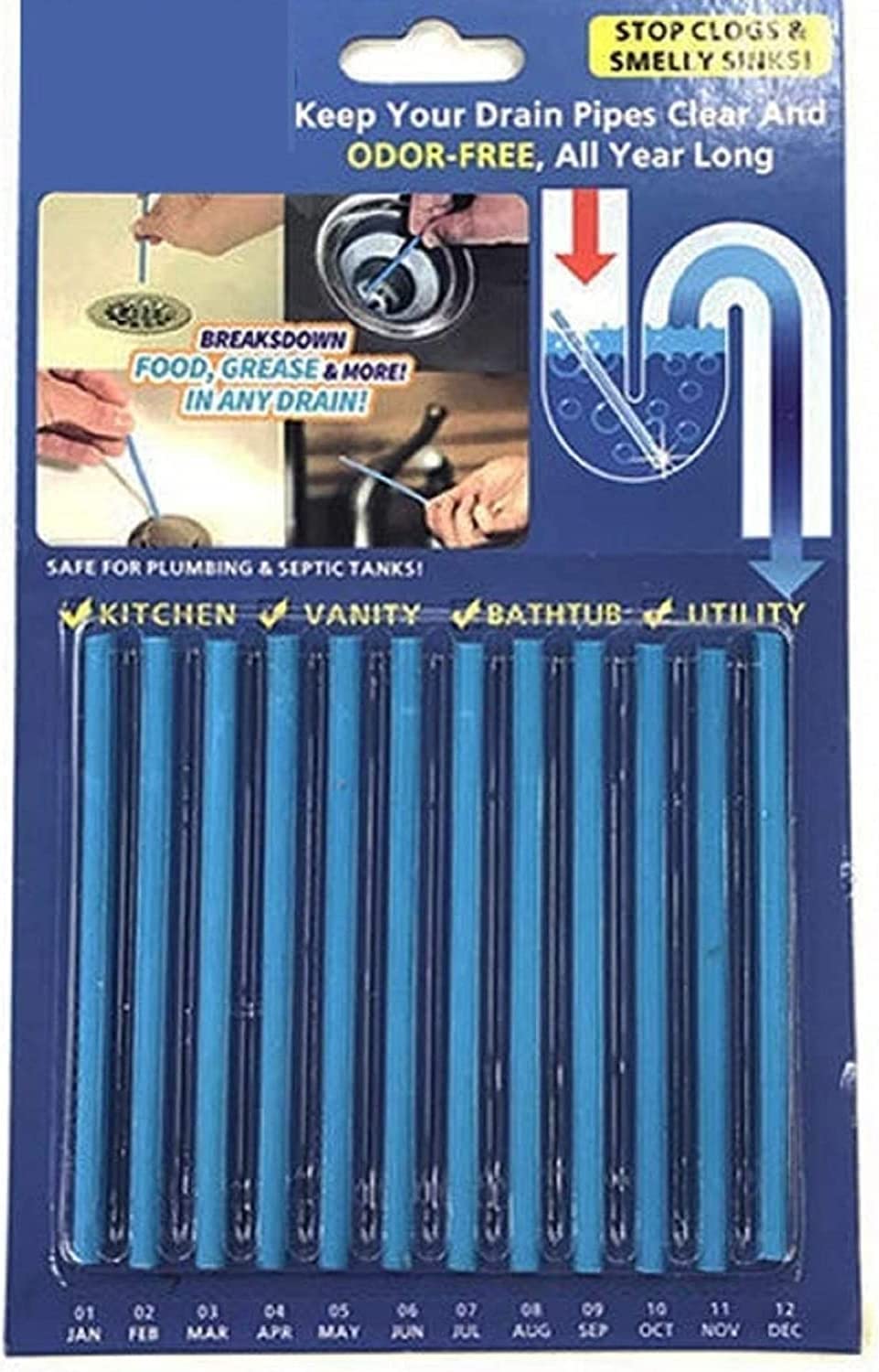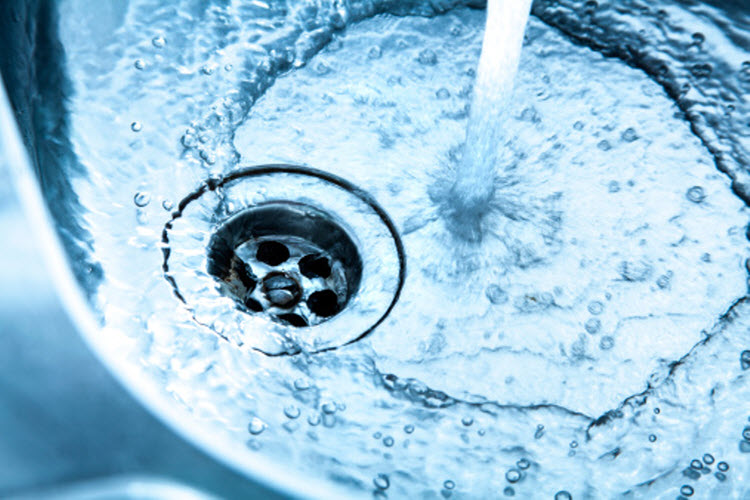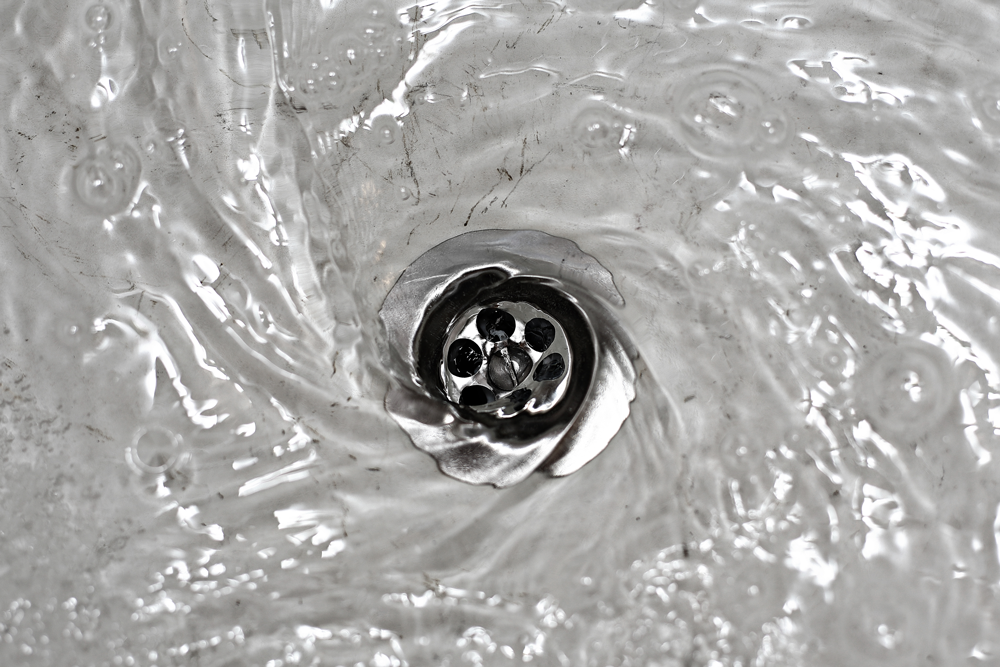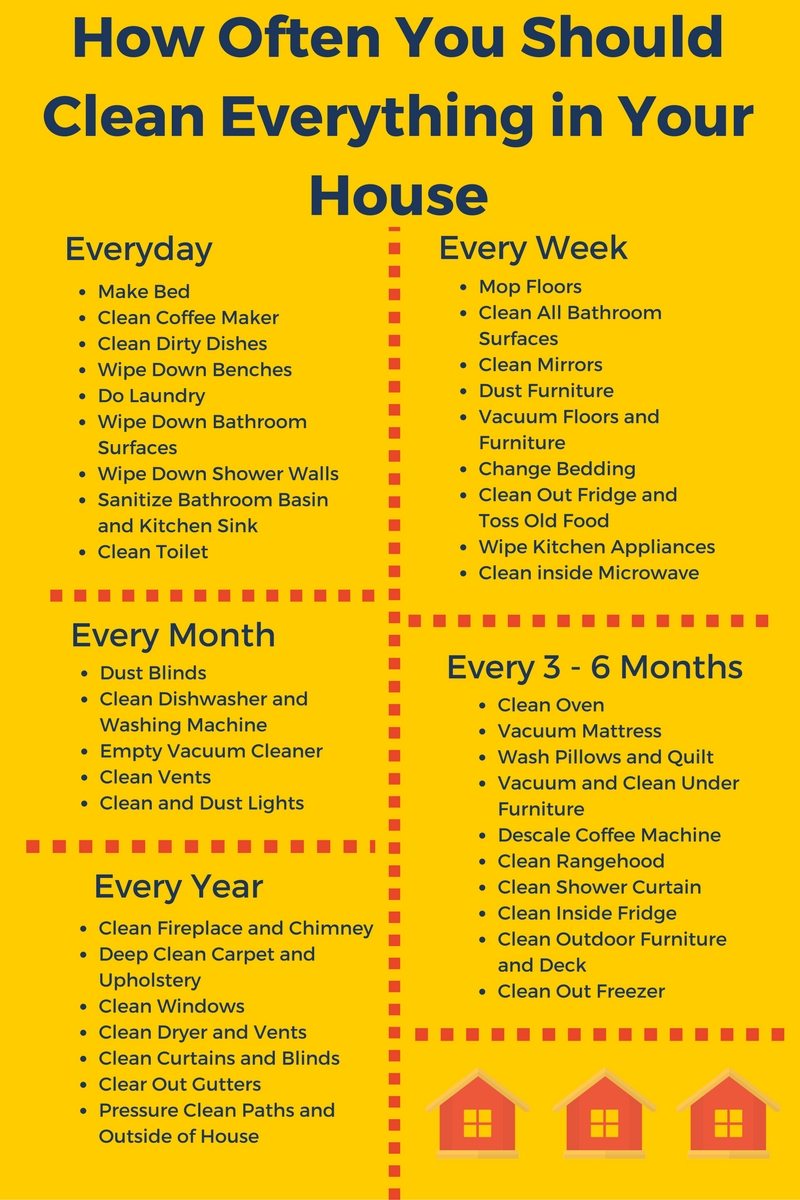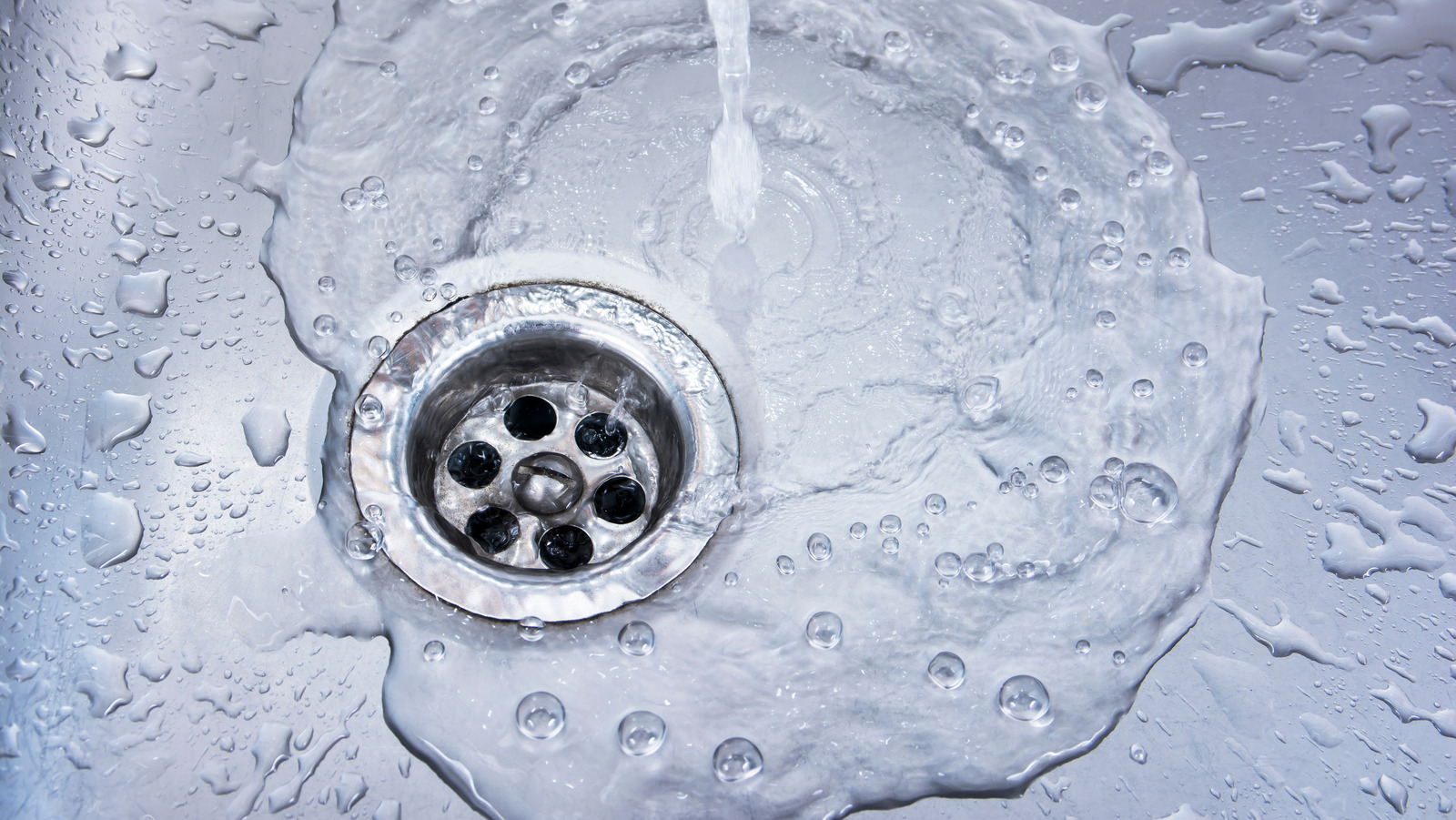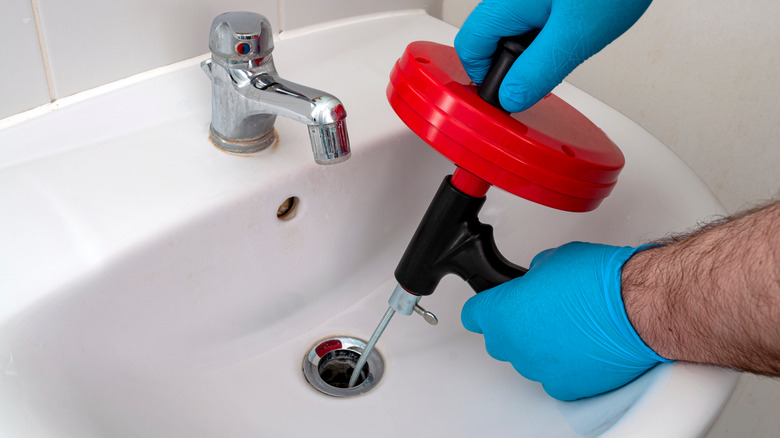Cleaning your bathroom sink drain is an important part of maintaining a clean and hygienic bathroom. Over time, hair, soap scum, and other debris can build up in the drain, causing clogs and unpleasant odors. In this section, we'll discuss the best methods for keeping your bathroom sink drains clean and clear.How to Clean Bathroom Sink Drains
If your bathroom sink drain is already clogged, you may need to use a drain cleaner to clear the blockage. There are many different types of drain cleaners available, including chemical cleaners and enzymatic cleaners. It's important to choose a product that is safe for your specific type of sink and won't damage your pipes. Some popular options include Drano Max Gel Clog Remover and TubShroom Ultra Revolutionary Bath Tub Drain Protector Hair Catcher/Strainer/Snare.Best Drain Cleaners for Bathroom Sinks
If you prefer to use natural methods for cleaning your bathroom sink drain, there are several DIY options that can be effective. One simple method is to pour a mixture of baking soda and white vinegar down the drain, followed by hot water. The chemical reaction between these two ingredients can help to break down and dissolve clogs. You can also use a plunger to try to dislodge the clog manually.DIY Bathroom Sink Drain Cleaning
If your bathroom sink drain is completely clogged, you may need to take more drastic measures to unclog it. One option is to use a plumbing snake, a long flexible tool that can be inserted into the drain and used to break up the clog. You can also try using a wet/dry vacuum to suck out the clog. If these methods don't work, it may be time to call a professional plumber.Unclogging Bathroom Sink Drains
In addition to using baking soda and vinegar, there are other natural ingredients that can be effective for cleaning bathroom sink drains. Lemon juice is a powerful natural disinfectant and can help to eliminate unpleasant odors. Salt can also be sprinkled down the drain to help break down clogs and remove built-up debris.Natural Ways to Clean Bathroom Sink Drains
Prevention is key when it comes to maintaining clean and clear bathroom sink drains. One way to prevent clogs is to use a hair catcher over your drain to catch any hair before it can go down the drain. Additionally, avoid pouring any greasy or oily substances down the drain, as they can solidify and cause clogs. Finally, try to avoid using harsh chemical cleaners, as they can damage your pipes over time.Bathroom Sink Drain Maintenance Tips
We mentioned earlier that a mixture of baking soda and vinegar can be an effective natural method for cleaning bathroom sink drains. Here's how to use this method step by step: 1. Pour 1/2 cup of baking soda down the drain. 2. Follow with 1/2 cup of white vinegar. 3. Let the mixture sit for 10-15 minutes. 4. Pour a pot of boiling hot water down the drain to flush out the debris.Cleaning Bathroom Sink Drains with Baking Soda and Vinegar
If you're dealing with a stubborn clog or just prefer to leave it to the professionals, there are many professional drain cleaning services available. These services use specialized equipment and techniques to clear even the toughest clogs. They can also provide preventative maintenance to keep your bathroom sink drains functioning properly.Professional Drain Cleaning Services for Bathroom Sinks
Aside from using hair catchers and avoiding pouring harmful substances down the drain, there are other measures you can take to prevent clogs in your bathroom sink drain. Regularly cleaning your drain with baking soda and vinegar can help to break down any build-up before it becomes a problem. You can also try using a plunger on a regular basis to keep the drain clear.Preventing Clogs in Bathroom Sink Drains
The frequency of cleaning your bathroom sink drain will depend on how often it is used and your household's habits. As a general rule, it's a good idea to clean your drain at least once a month to prevent build-up and maintain proper drainage. If you notice any slow draining or unpleasant odors, it may be time to clean your drain more frequently.How Often Should You Clean Bathroom Sink Drains?
The Importance of Regularly Cleaning Bathroom Sink Drains
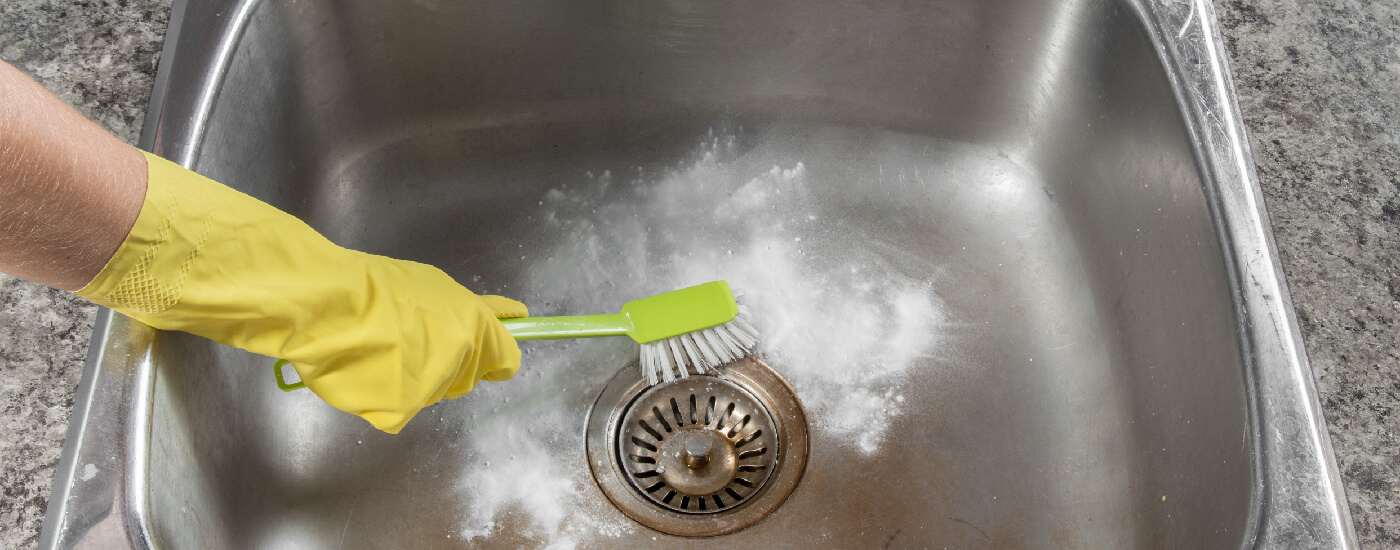
Prevent Clogs and Unpleasant Odors
 One of the most important reasons to regularly clean your bathroom sink drains is to prevent clogs and unpleasant odors. Over time, hair, soap scum, and other debris can build up in the drain, causing blockages and slowing down the flow of water. This not only makes it difficult to use the sink, but it can also lead to foul smells emanating from the drain. By regularly cleaning your bathroom sink drains, you can prevent clogs and keep the water flowing smoothly, eliminating any unwanted odors.
One of the most important reasons to regularly clean your bathroom sink drains is to prevent clogs and unpleasant odors. Over time, hair, soap scum, and other debris can build up in the drain, causing blockages and slowing down the flow of water. This not only makes it difficult to use the sink, but it can also lead to foul smells emanating from the drain. By regularly cleaning your bathroom sink drains, you can prevent clogs and keep the water flowing smoothly, eliminating any unwanted odors.
Avoid Costly Plumbing Repairs
 Neglecting to clean your bathroom sink drains can also lead to costly plumbing repairs down the line. When debris builds up in the drain, it can cause pipes to become clogged and even burst. This can result in expensive repairs and potential damage to your home. By taking the time to regularly clean your bathroom sink drains, you can avoid these costly repairs and keep your plumbing in good working condition.
Neglecting to clean your bathroom sink drains can also lead to costly plumbing repairs down the line. When debris builds up in the drain, it can cause pipes to become clogged and even burst. This can result in expensive repairs and potential damage to your home. By taking the time to regularly clean your bathroom sink drains, you can avoid these costly repairs and keep your plumbing in good working condition.
Improve the Overall Aesthetics of Your Bathroom
:max_bytes(150000):strip_icc()/freshen-and-unclog-drain-with-baking-soda-1900466-22-bbf940b70afa4d5abef0c54da23b1d3f.jpg) A clean and well-maintained bathroom not only adds value to your home, but it also creates a more pleasant and inviting space for you and your guests. By regularly cleaning your bathroom sink drains, you can improve the overall aesthetics of your bathroom. Without any buildup of debris and grime in the drains, the sink will look cleaner and more appealing. This can also help to prevent mold and mildew growth, keeping your bathroom looking and smelling fresh.
A clean and well-maintained bathroom not only adds value to your home, but it also creates a more pleasant and inviting space for you and your guests. By regularly cleaning your bathroom sink drains, you can improve the overall aesthetics of your bathroom. Without any buildup of debris and grime in the drains, the sink will look cleaner and more appealing. This can also help to prevent mold and mildew growth, keeping your bathroom looking and smelling fresh.
How to Clean Your Bathroom Sink Drains
:strip_icc()/how-to-clean-a-bathroom-sink-drain-01-c728294c8bee42428afdf3e69f449279.jpg) Now that you understand the importance of regularly cleaning your bathroom sink drains, you may be wondering how to do so effectively. The first step is to remove any visible debris from the drain, such as hair or soap scum. You can use a pair of tweezers or a small brush to gently remove these items. Next, pour a mixture of hot water and
baking soda
down the drain. This will help to loosen and dissolve any remaining buildup. Finally, pour a mixture of hot water and
white vinegar
down the drain to flush out any remaining debris and combat any unwanted odors. Repeat this process regularly to keep your bathroom sink drains clean and functioning properly.
Now that you understand the importance of regularly cleaning your bathroom sink drains, you may be wondering how to do so effectively. The first step is to remove any visible debris from the drain, such as hair or soap scum. You can use a pair of tweezers or a small brush to gently remove these items. Next, pour a mixture of hot water and
baking soda
down the drain. This will help to loosen and dissolve any remaining buildup. Finally, pour a mixture of hot water and
white vinegar
down the drain to flush out any remaining debris and combat any unwanted odors. Repeat this process regularly to keep your bathroom sink drains clean and functioning properly.
Conclusion
 Regularly cleaning your bathroom sink drains is an essential part of maintaining a clean and functional bathroom. By preventing clogs and unpleasant odors, avoiding costly plumbing repairs, and improving the overall appearance of your bathroom, taking the time to clean your drains can have many benefits. So don't neglect this important task and make it a part of your regular cleaning routine. Your bathroom (and your wallet) will thank you.
Regularly cleaning your bathroom sink drains is an essential part of maintaining a clean and functional bathroom. By preventing clogs and unpleasant odors, avoiding costly plumbing repairs, and improving the overall appearance of your bathroom, taking the time to clean your drains can have many benefits. So don't neglect this important task and make it a part of your regular cleaning routine. Your bathroom (and your wallet) will thank you.



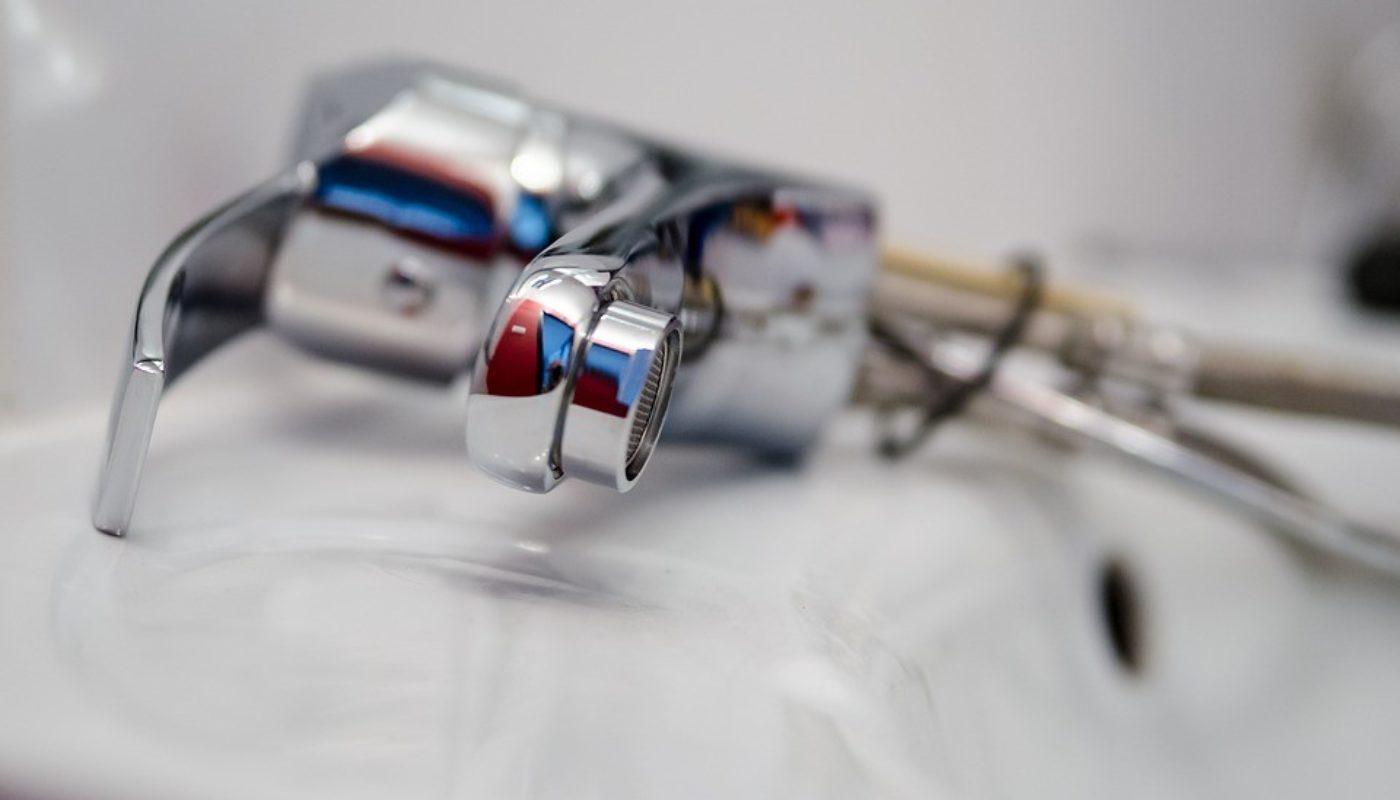

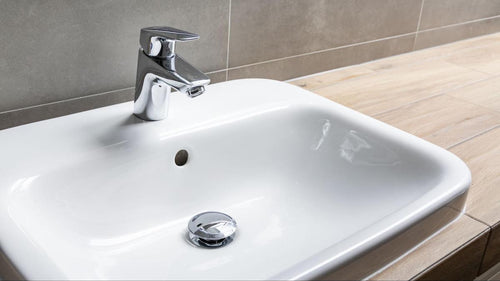
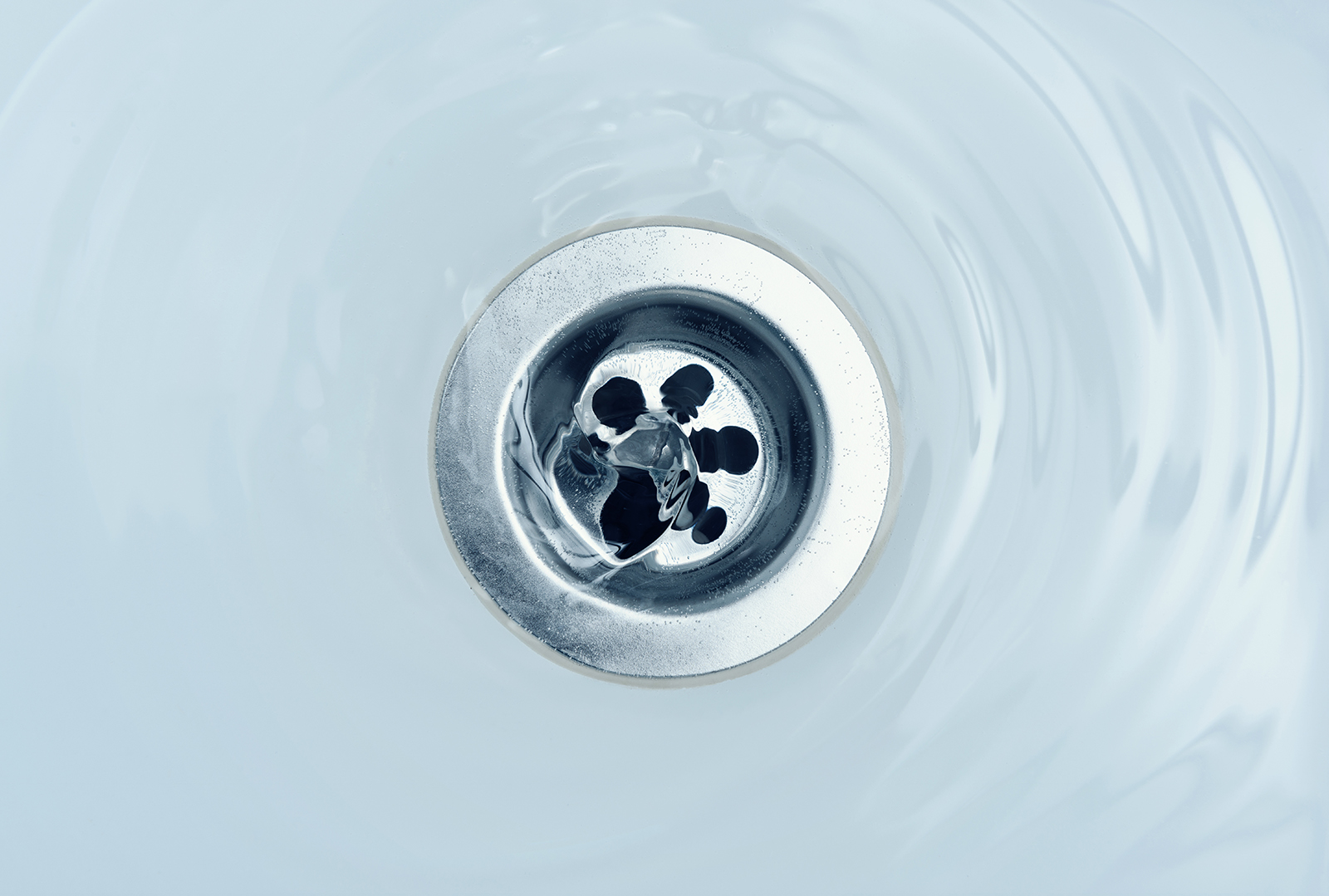




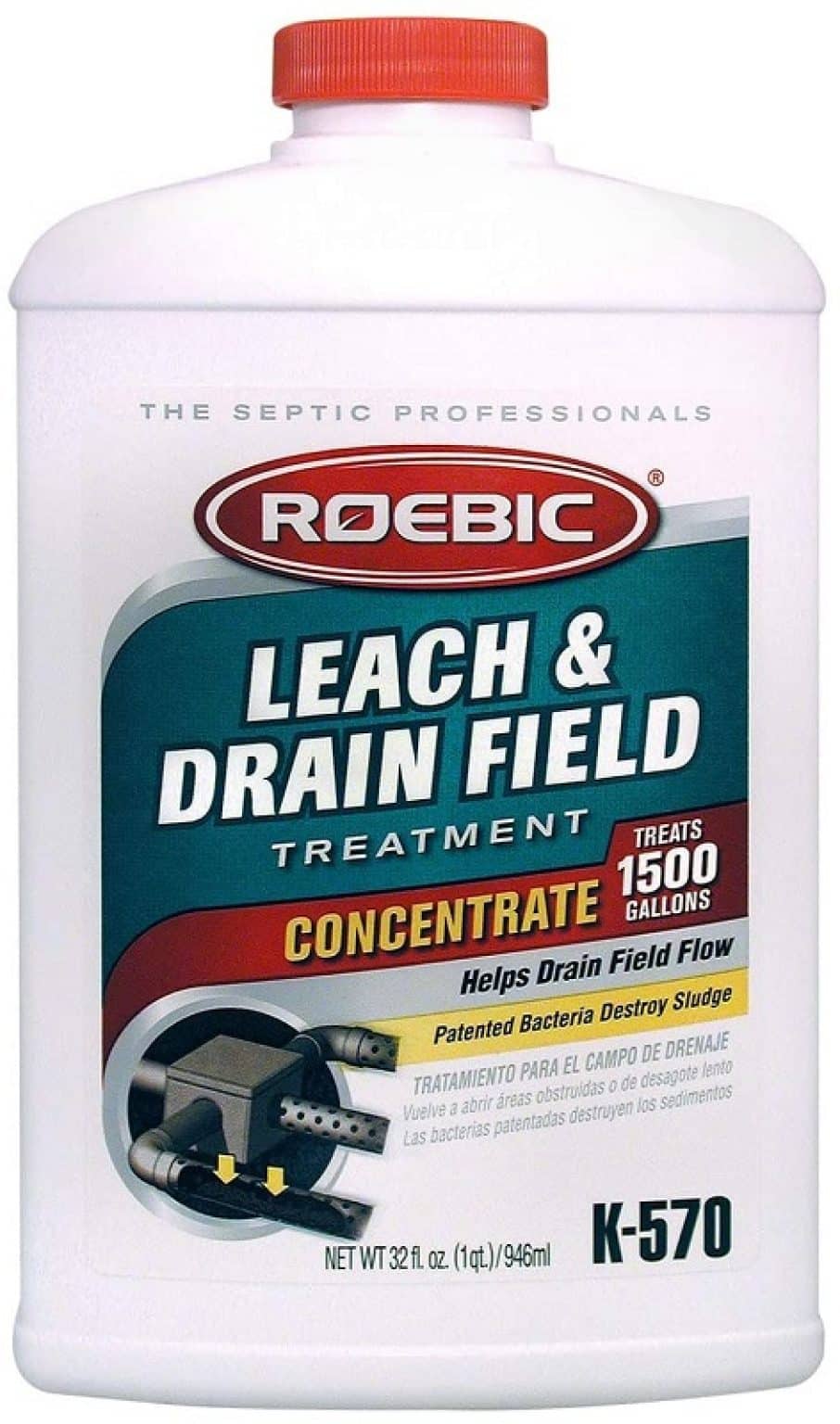


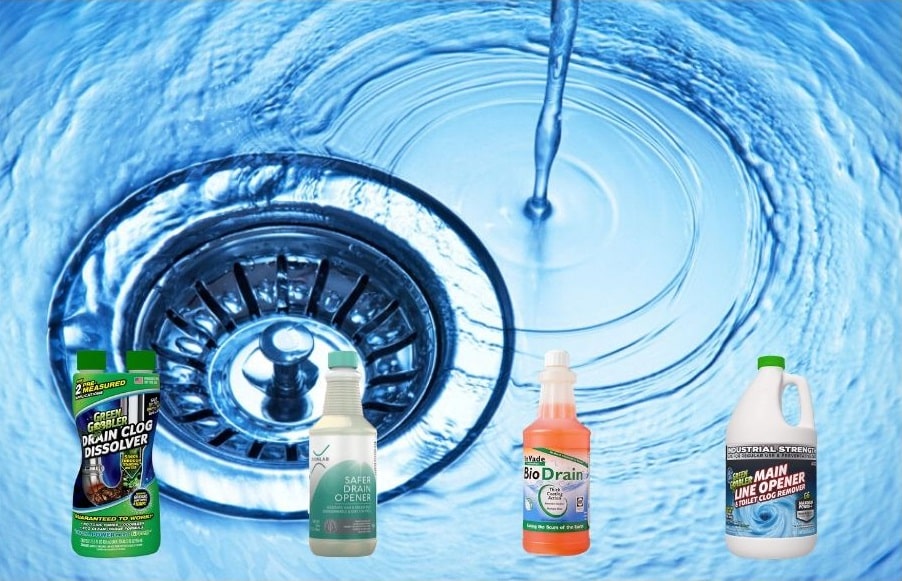



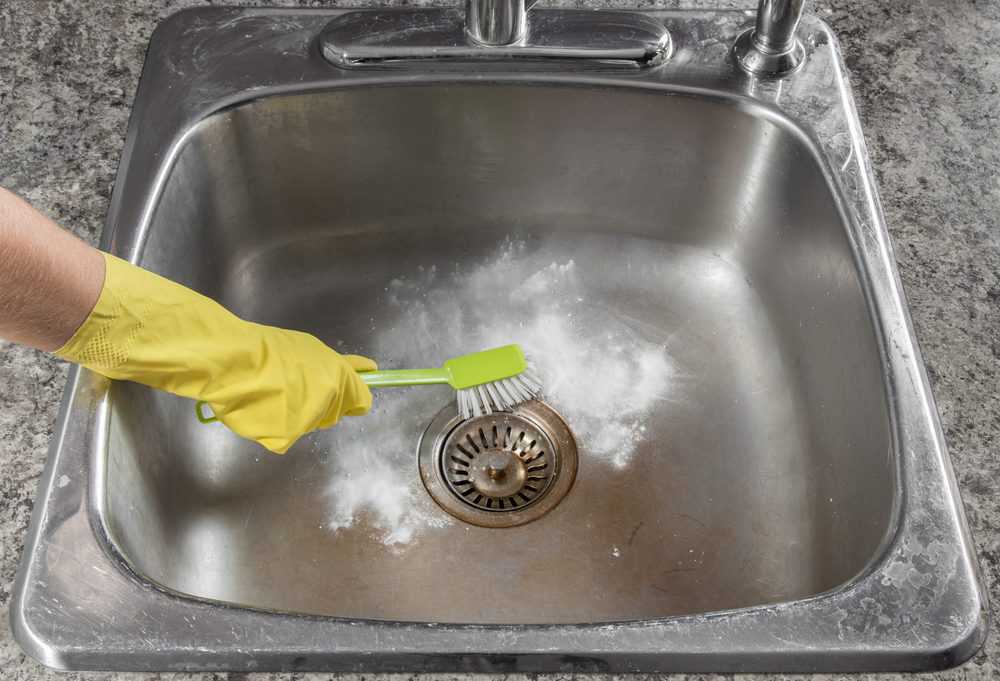








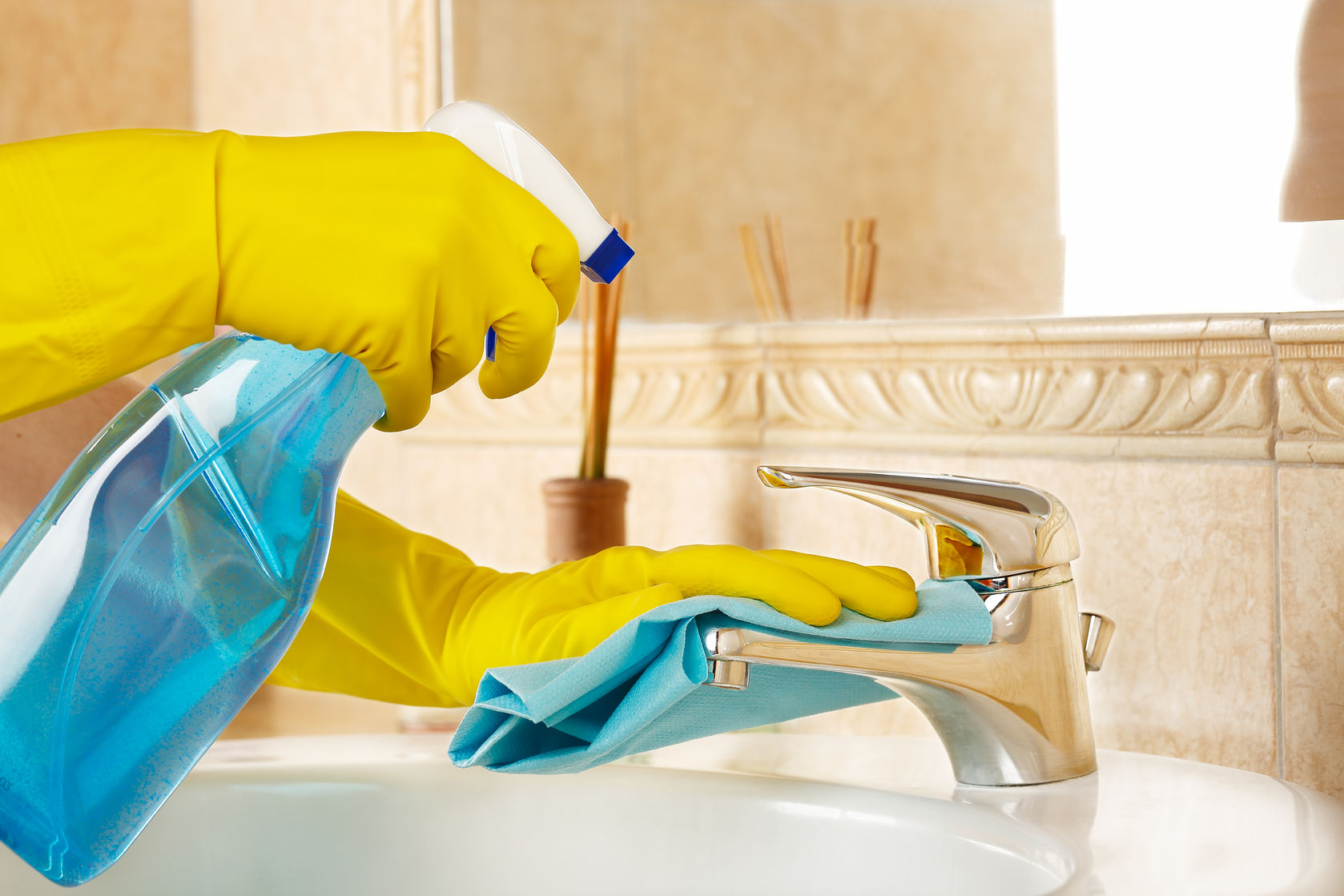







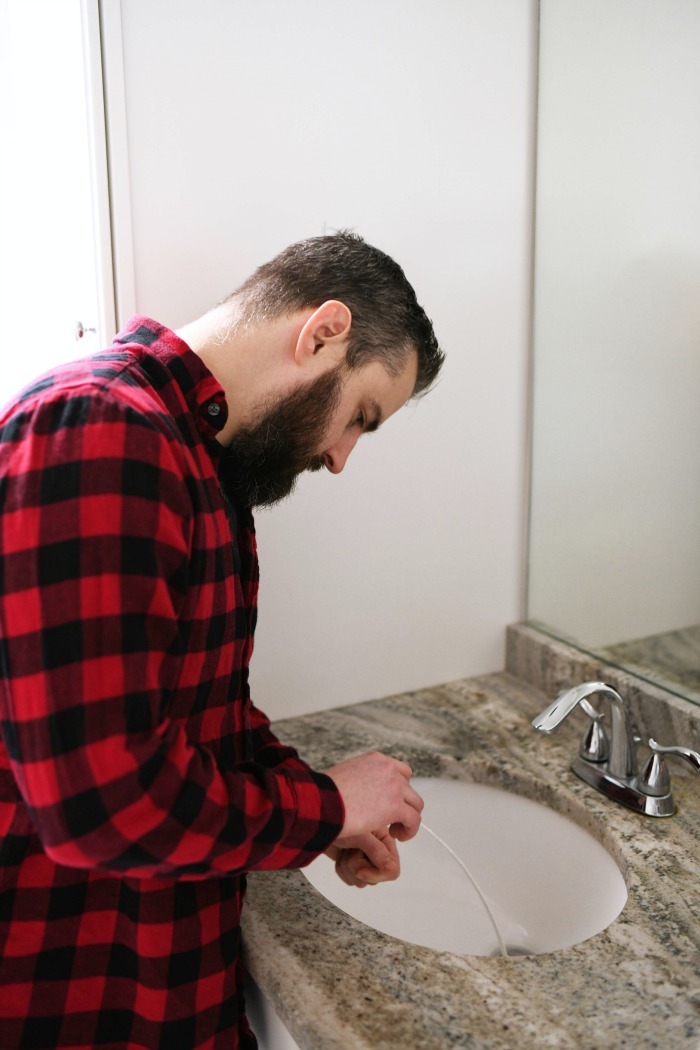


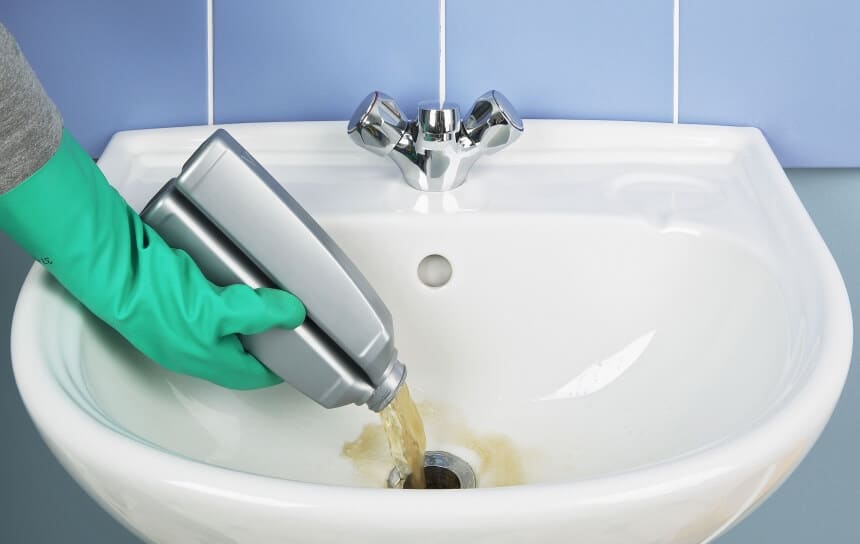


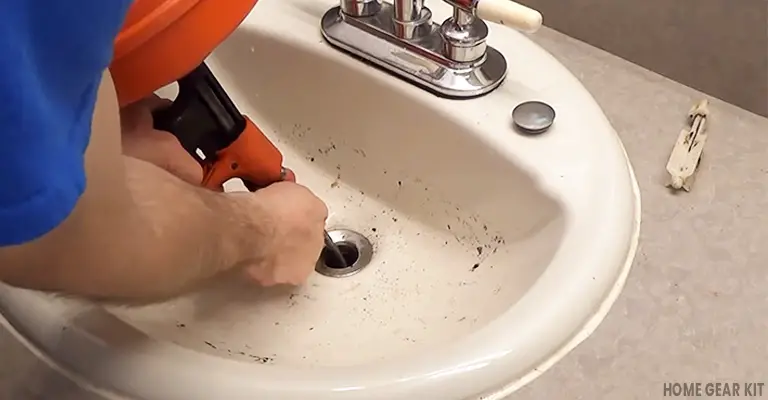


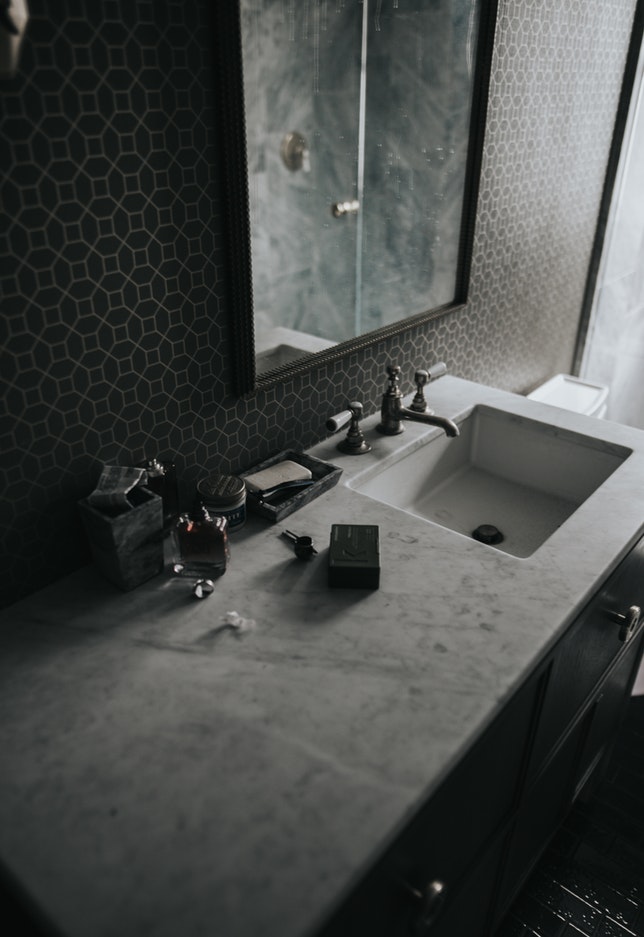














:max_bytes(150000):strip_icc()/freshen-and-unclog-drain-with-baking-soda-1900466-18-1a5b5da01939471ca8f8823865bd1ce8.jpg)
